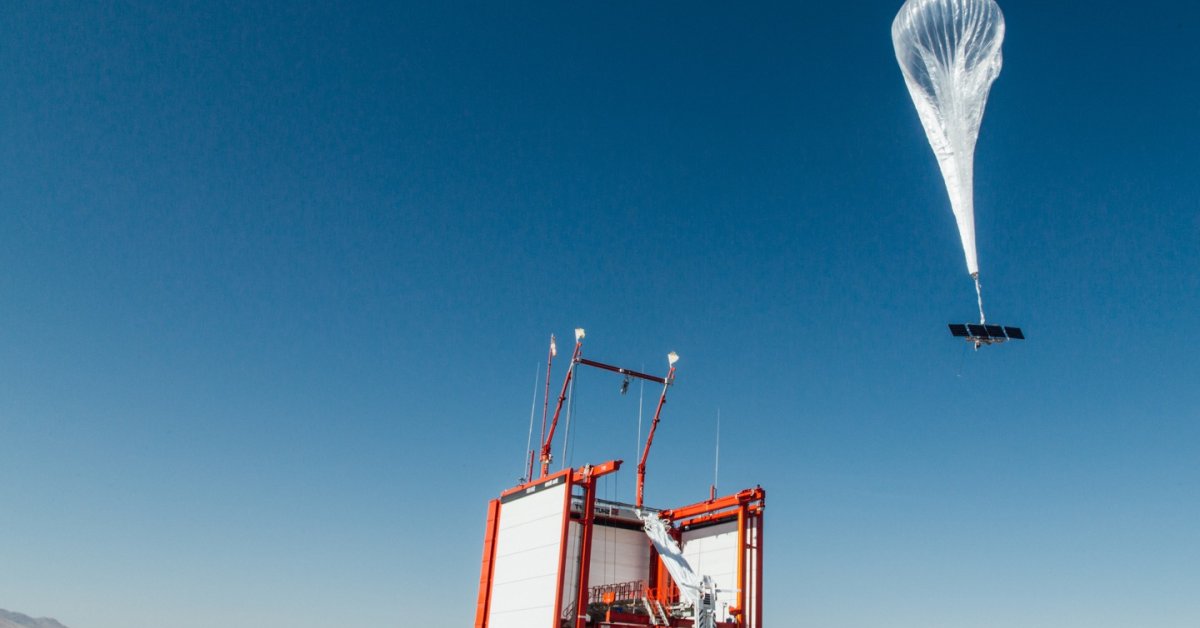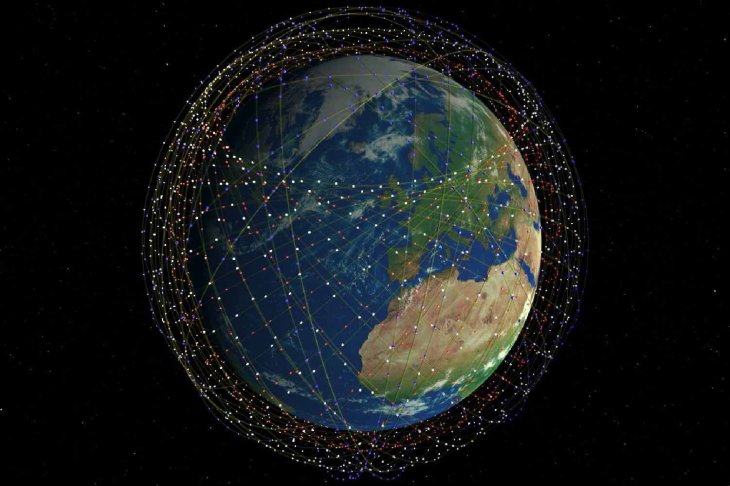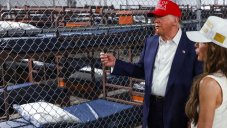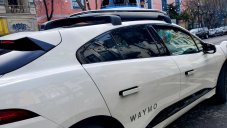Alphabet’s Internet Balloons Have Reached 1 Million Hours In The Stratosphere
Aadhya Khatri - Jul 24, 2019

Alphabet’s Internet balloons have achieved more than 1 million hours of stratospheric flight, with a total distance of 24.9 million miles
- SpaceX’s Starship Explosion: A Part Of Musk's Master Plan?
- Starlink Can Bring High-Speed Internet Service To Airplanes, Ships And Trucks
- Starlink’s Internet Still Works On A 3000-Metres Snow Mountain
The Internet balloon sector has had a new record as Alphabet’s Loon has achieved more than 1 million hours of stratospheric flight, with a total distance of 24.9 million miles. This is not exactly a surprising piece of news as the service has hit areas like Peru and Puerto Rico. However, this is still a breakthrough as the technology had just grown out of the project status a year ago.

These Internet balloons have their own way of operating. When there is no favorable wind, instead of drawing more power to go against it, the balloon’s AI will calculate another way to reach the destination, even if that new route is longer and curvier than the original. Loon also lets the balloons stroll so that they can cover more ground.
Broadband Internet balloons are still at their infant stage of development, so we rarely see their appearance. Currently, satellites are still a more common option. However, these milestones prove that they have a certain degree of potential. So now the real question is how widespread they can be, not if they are viable or not.
Speaking of satellites, the most successful project regarding them is SpaceX’s Starlink. After two months of launching, the company reported that it was in contact with 57 out of the 60 initial satellites. The remaining three’s fate is unclear, but they will probably fall back to Earth. Along with these faulty satellites, SpaceX also plans to take down two of the good ones to test.

It is just two months so no one can be sure of what will become of Starlink, but we will not see a slew of satellites littering the Earth’s orbit any time soon. What the company aims at is to orbit 12,000 satellites, and there will be a certain degree of failure.
Featured Stories

ICT News - Jul 05, 2025
Windows 11 is Now the Most Popular Desktop OS in the World

ICT News - Jul 02, 2025
All About Florida’s Alligator Alcatraz: A Smart Move for Immigration Control

ICT News - Jun 25, 2025
AI Intimidation Tactics: CEOs Turn Flawed Technology Into Employee Fear Machine

ICT News - Jun 24, 2025
Tesla Robotaxi Finally Hits the Streets: $4.20 Rides That'll Make You Hold Your...

ICT News - Jun 24, 2025
World's First Flying Humanoid Robot Takes Flight

ICT News - Jun 24, 2025
When Closed Source Met Open Source: Bill Gates Finally Meets Linus Torvalds After...

Gadgets - Jun 23, 2025
COLORFUL SMART 900 AI Mini PC: Compact Power for Content Creation

ICT News - Jun 22, 2025
Neuralink Telepathy Chip Enables Quadriplegic Rob Greiner to Control Games with...

ICT News - Jun 20, 2025
Tesla vs Zoox vs Waymo: Who would win?

ICT News - Jun 19, 2025
Comments
Sort by Newest | Popular